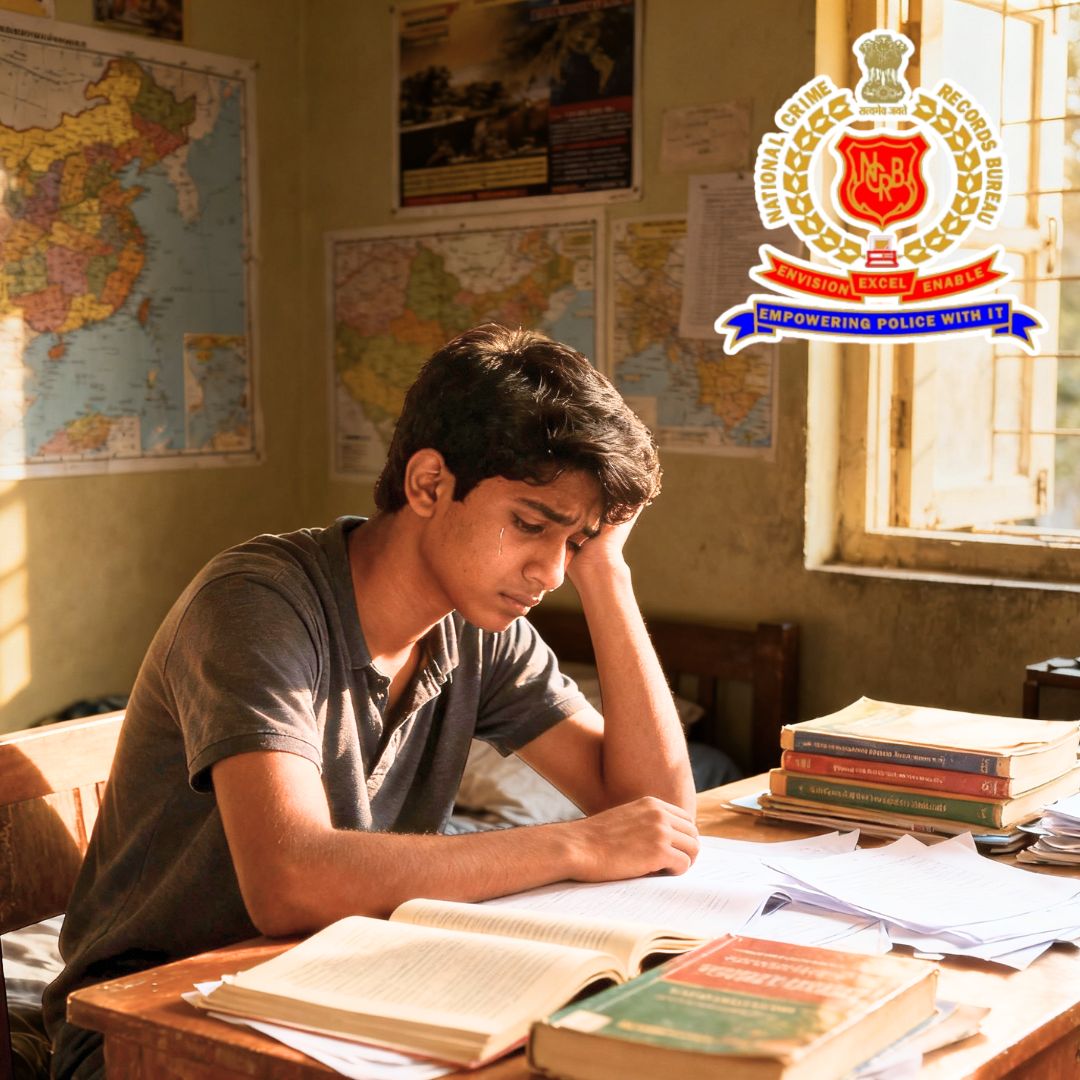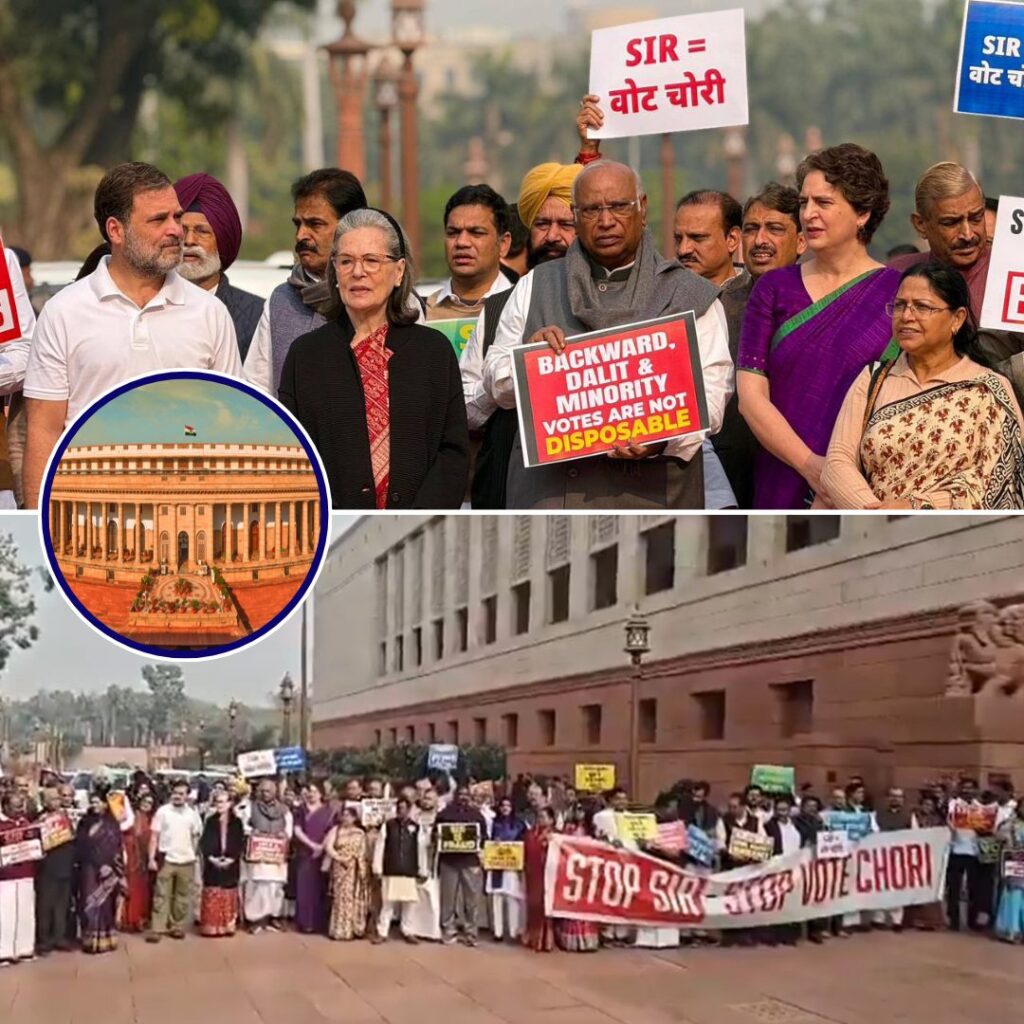According to the latest National Crime Records Bureau (NCRB) data, student suicides in India surged to a record 13,892 cases in 2023, marking a 6.5% increase from 2022 and a worrying 65% rise over the past decade.
This increase outpaces the overall rise in suicides in the country, which grew by 23.2% during the same period, with Maharashtra reporting the highest number of student suicides, followed by Madhya Pradesh, Uttar Pradesh, and Tamil Nadu.
Experts cite academic pressures, family and financial stresses, and lack of sufficient mental health support as critical factors behind the crisis. Authorities and mental health professionals stress urgent interventions at institutional and policy levels to alleviate the distress faced by India’s youth.
Rising Student Suicides Reflect Growing Crisis
The NCRB data for 2023 reveals that student suicides comprised 8.1% of all suicides reported nationally, a substantial rise from the 6.2% share recorded ten years ago. The total number of student suicides has escalated from 8,423 in 2013 to 13,892 in 2023, a 65% increase, highlighting an accelerating trend in recent years with a 34.4% rise since 2019 alone.
Maharashtra recorded the highest individual state figure with 14.7% of student suicides, closely followed by Madhya Pradesh (10.5%), Uttar Pradesh (9.9%), and Tamil Nadu (9.6%).
Background and Contributing Factors
This alarming growth in student suicides is not isolated but part of a decade-long pattern of rising mental health challenges in India’s youth. The pandemic years further intensified feelings of isolation and anxiety for many students.
Academic failure remains a leading cause of suicide attempts, particularly in competitive educational hubs. Experts argue that inadequate access to professional counselling, the stigma associated with mental health issues, and the immense pressure to perform academically and secure employment exacerbate the problem.
Despite calls for increased counselling services, stress management programs, and the reform of high-pressure curricula, tangible improvements remain limited. Family support focusing less on marks and more on effort, combined with public policies to improve mental health access, are critical steps that remain under-prioritised.
The Logical Indian’s Perspective
These figures underscore a national tragedy that extends beyond statistics, revealing the psychological toll exacted on India’s students. The Logical Indian advocates for far-reaching reforms that prioritise students’ emotional wellbeing alongside academic success.
It urges educational institutions to foster environments where mental health conversations are normalised, and students feel safe to seek help without fear of judgment. Families and society must move towards greater empathy and understanding, reducing stigma while the government implements comprehensive mental health policies.












